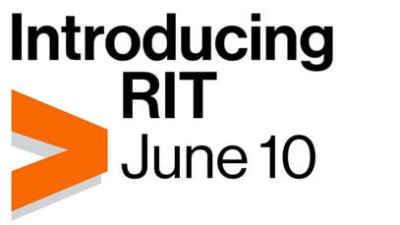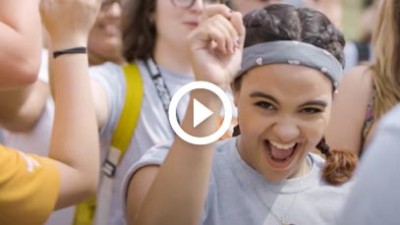DisCoMath Seminar: Adventures in the Parameter Space of Continuous Gravitational Waves

Mismatch Metrics, Lattice Coverings and Coordinate Choices: Adventures in the Parameter Space of Continuous Gravitational Waves
Dr. John Whelan
Professor
School of Mathematical Sciences, RIT
Abstract:
We describe the application of the lattice covering problem to the placement of templates in a search for continuous gravitational waves from the low-mass X-Ray binary Scorpius X-1. Sco X-1 is a neutron star in a binary system with a low-mass companion star. It is believed to be rapidly spinning and a promising source of continuous gravitational waves. The signal received by an observatory such as LIGO, Virgo or KAGRA depends on the parameters of the system, and a search for that signal loses sensitivity if the incorrect values are used for those parameters. Several of the parameters (rotational frequency, projected orbital radius, orbital period and orbital phase) are uncertain, and one method to ensure that the signal is not missed is to perform the search at each point in a lattice covering the relevant parameter space. The loss of signal-to-noise ratio (SNR) associated with an incorrect choice of parameters is, in a generic Taylor expansion, a quadratic function of the parameter offsets. This allows us to write the fractional loss in SNR, also known as the mismatch, as a distance using a metric on parameter space. In general, this metric will vary over the parameter space (i.e., the associated geometry will have intrinsic curvature), but we can divide the parameter space into small enough pieces that the space is approximately flat, and the metric can be assumed to be constant. In that case, there exists a transformation to Euclidean coordinates. The problem of placing templates so that the mismatch of any point in parameter space from the nearest template is no more than some maximum mismatch μ is then equivalent to the problem of covering the corresponding Euclidean space with spheres of radius μ. The most efficient covering lattice in n ≤ 5 dimensions is the family A∗n , which includes the hexagonal lattice A∗2 and the body-centered cubic lattice A∗3 . For example, the density of lattice points for A∗4 is a factor of 2.8 lower than the corresponding hypercubic (Z4) lattice. We use the LatticeTiling module in the LIGO Algorithms Library (lalsuite) to investigate efficient lattice coverings for the parameter space of a search for Sco X-1 using advanced LIGO data. We show how the search can be made more efficient by 1) replacing a hypercubic grid with an A∗n lattice, 2) accounting for the elliptical boundaries associated with the correlated prior uncertainties between orbital period and orbital phase, and 3) defining a "shearing" coordinate change such that a particular combination of the orbital period and orbital phase is "unresolved", and explicitly searching only in the other three dimensions of the parameter space. These improvements allow the search to be carried out using fewer computational resources. Alternatively, since the search method we use is "tunable", with a tradeoff between computational cost and sensitivity, the more efficient lattice allows a more sensitive search to be done at the same computing cost. This work is a collaboration between AST PhD student Katelyn Wagner and myself, with help from AST PhD student Jared Wofford.
Speaker Bio:
John Whelan is a Professor of Statistics, Program Faculty in the Astrophysical Sciences and Technology graduate programs and a member of the Center for Computational Relativity and Gravitation at Rochester Institute of Technology. He is Principal Investigator of RIT's group in the LIGO Scientific Collaboration, and a Visiting Professor in the Institute for Theoretical Physics at Goethe University Frankfurt. Dr. Whelan received a BA in Astronomy from Cornell University and a PhD in Physics from the University of California, Santa Barbara.
Intended Audience:
Undergraduates, graduates, and experts. Those with interest in the topic.
Keep up with DisCoMath Seminars on the DisCoMathS webpage.
Event Snapshot
When and Where
Who
This is an RIT Only Event
Interpreter Requested?
No








